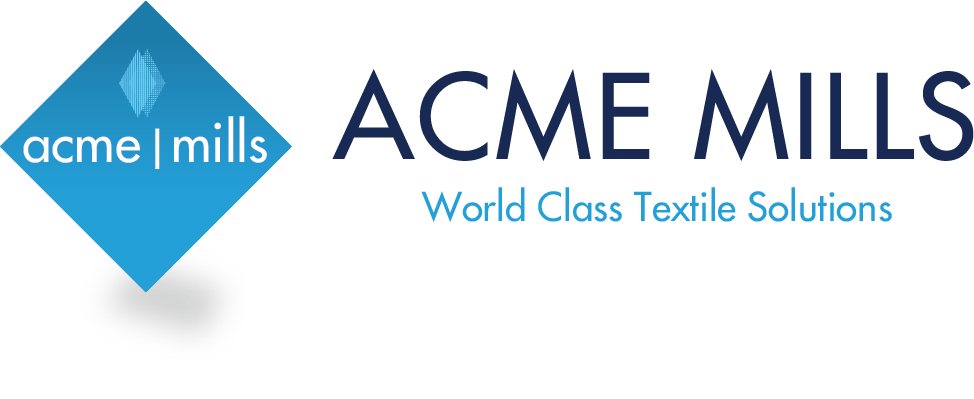Nonwoven filter media in their simplest forms are random fiber structures, usually in sheet form, that are used to separate one or more phases from a moving fluid passing through the media.
Filtration is generally perceived as the removal of particulate phases from the moving fluid by entrapping the particulate matter in the tortuous structure of the filter medium.
However, the discussion to be presented in this book will also include other forms of separation where a nonwoven is used as the separating media. This will include adsorption, absorption, extraction coalescence, electrostatic effects, and antimicrobial activity.
NONWOVEN:
- Nonwoven is not like traditional woven knitted fabrics something modern, advanced, and hygienic.
- Nonwoven is a class of textiles & sheet products.
- Nonwoven fabrics are different then the conventional textile fabrics & paper.
- Nonwoven find numerous applications ranging from baby diapers to industrial high performance textiles.
- It is used cover stocks , agriculture, aerospace, home furniture etc.,
FILTRATION MECHANISM:
Principle:
Two important processes are;
1. Filtering the particles
2. Cleaning the filtered particles
Filtering the Particles:
- Interception
- Impaction
- Electrostatic deposition
- Diffusion (Brownian motion)
Cleaning the Filtered Particles:
Fabric dust collectors are usually classified according to their cleaning mechanisms
- Shake Cleaning
- Reverse Air Cleaning
- Pulse Jet Cleaning
Shake Cleaning:
As the name implies, involves switching of exhaust fan & flexing the filter elements with the aid of a shaking mechanism, either manually, as in a traditional units, or automatically. In both cases, the effect is to release the dust, which then falls into a hopper for the collection and removal.
Reverse Air Cleaning:
With the mechanism, cleaning is achieved again by switching off the exhaust fan but this time followed by reversing the airflow from outside to inside of the sleeves.
There are two basic styles of reverse air collector:
- Low pressure reverse air cleaning
- High pressure reverse air cleaning
Pulse Jet Cleaning:
Compared with the mechanism described so far, which normally involve dust collection on the inside of the sleeves, pulse jet collectors operated by collection dust on the outside.
FILTRATION APPLICATIONS:
Filtration equipments are designed for two broad ranges of applications. These are
- Dry filtration or solid / gas separation and
- Wet filtration or liquid / solid separation
Dry Filtration:
Fabric filters used for dry filtration are, strictly speaking giant types of vacuums cleaners. While a vacuum cleaner has the housing, the motor or fan and a small filter bag collecting the dust, in fabric filters we have one additional attachment, which is the cleaning device to keep the filter operating over a long period of time.
Dust Filtration:
One major area for dry filtration is dust filtration. Two distinct systems are in use. In some systems, dust is collected on the inside of the like in vacuum cleaners. While in others such as the so-called pulse jar / cage type filter, dust is collected on the outside.
NONWOVEN IN FILTRATION:
This is wide spread application of nonwovens’ in various filtration applications including geoengineering. The critical pore size corresponds to the diameter of nominally spherical solid particle that will pass through this pore. This minimum pore is not identical throughout the nonwoven hence pore size variation is also considered. Higher the number of fiber strata and consequently the greater the thickness of nonwoven, the higher the probability of encountering the pores of minimum size at least once throughout the on woven. The homogeneity of the nonwoven is all-greater, the lower the variation between lowest and highest pore diameters.
Needled / felted nonwoven filters are generally thick and the spun bonded fabrics are quite thin but provide better filtration. Moreover some recent developments in melt blown process enables the finest fibers (20m-50m) to be used individually or in line with spun laid process gives SMS structure of spunbonded nonwoven used in high performance filter product sector viz. ‘leg cuff’ protection in nappies, protective medical clothing and filter applications like swimming pool water filters. SMS structures are more efficiency for most barrier and filtration requirements. The market potential of this fine fiber nonwoven is good due to economical and technical dimensions.
FILTRATION FUNCTION:
For any fabric or material used as a filter their primary functions are:
- To retain and stabilize the particle size structure.
- To allow free through flow of liquid / air / gas in the long term.
FILTRATION PROCESS CAN BE DIVIDED IN THREE BASIC TYPES:
- Screening action
- Cake filtration
- Molecular attraction
Screening Action:
Particles smaller than the opening of filter media pass through the filtrate while the particles larger than the openings in the filter media bridge or block the openings and a cake of solids forms on the filter media as a screening action. This action depends on the particles not breaking down due to shear forces caused due to high flow rates or shock.
Cake Filtration:
Initially some particles smaller than the openings of the filter media pass through with the filtrate, various size particles bridge or block the openings and a cake forms on the filter media and cake formation is accomplished by the previously retained particles. At this point, filtration is independent of the filter media and its structure.
Molecular attraction:
Particles smaller than the openings in the filter media are retained by molecular attraction and impingement of fiber on or near the openings. Providing the tenacity of these attachments is sufficient not to be dislodged by high flow rates, shock or break in the molecular bonds, small particles build-up in the openings of the medium. The effective size of the opening decreases and the filter media will retain smaller particles than would be removed by screening action or the actual measurements of the opening size in the filter media.
NONWOVEN SPECIALITY:
- Clean
- Stylish
- Supportive
- Mobile
- Fruitful
- Safe
- Pure
- Powerful
- Water proof
NONWOVEN MATERIAL:
- Lenzing’s p84
- Nomex (Meta Aramid)
It is a Meta aramid fiber. Nomex is a trade name u+ DUPONT–USA. First U.S. commercial aramid fiber production 1961 DUPONT Company.
NONWOVEN SYSTEMS DEVELOPED:
Nonwovens’ are one of the most varied materials actually available on the market. Their applications are multiple and continuously growing. The techniques and manufacturing process are in continuous evolution. Some of the various ISC / Schlumberger Group production lines to manufacture dry laid nonwovens are shown diagrammatically over here.
With precision engineering high performance machines, Thibeau and Asselin are in a prominent position to satisfy the needs in this industry. NSC / Schlumberger Nonwoven systems is capable of undertaking the entire responsibility of designing, manufacturing and integrating the machines in to a production line, as well as providing service of the entire unit.
COATING SUBSTRATES & FILTRATION:
- Filters
- Technical felt
- Composite filters
- Reinforcing fabrics
- Wipes, cleaning cloths
- Technical filters
CONCLUSION:
Nonwoven materials occupy a large ratio in filtration fabrics due to its better filtration efficiency. The structure of the nonwoven fabric helps in accurate filtration. Different variety of textile fibers is used as nonwoven in filtration process.









